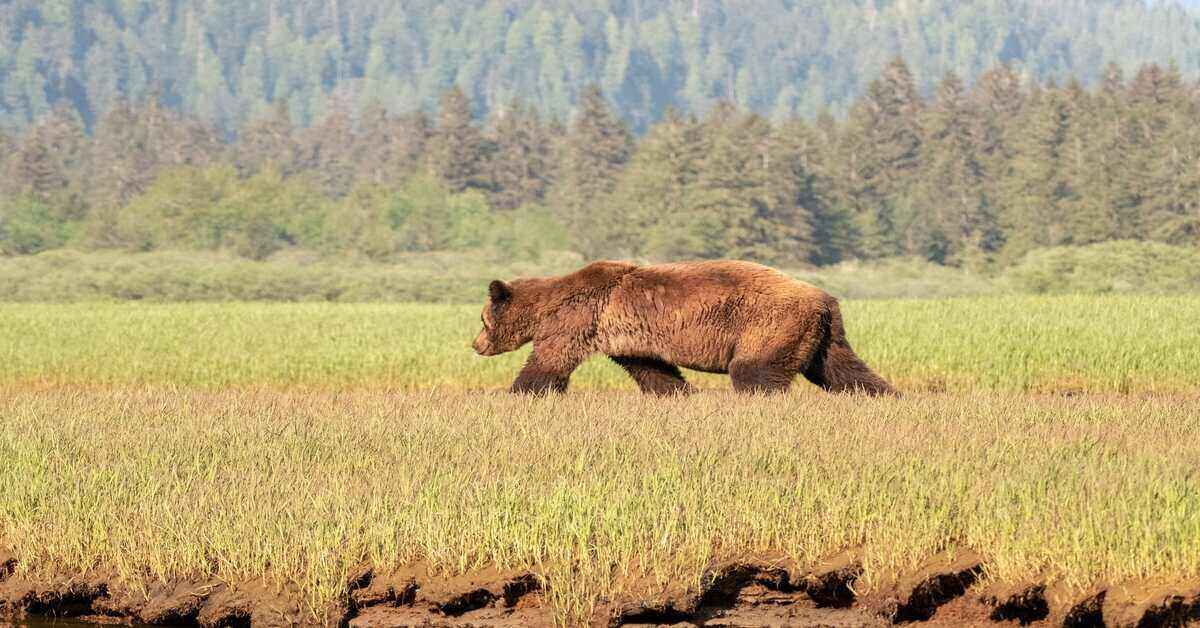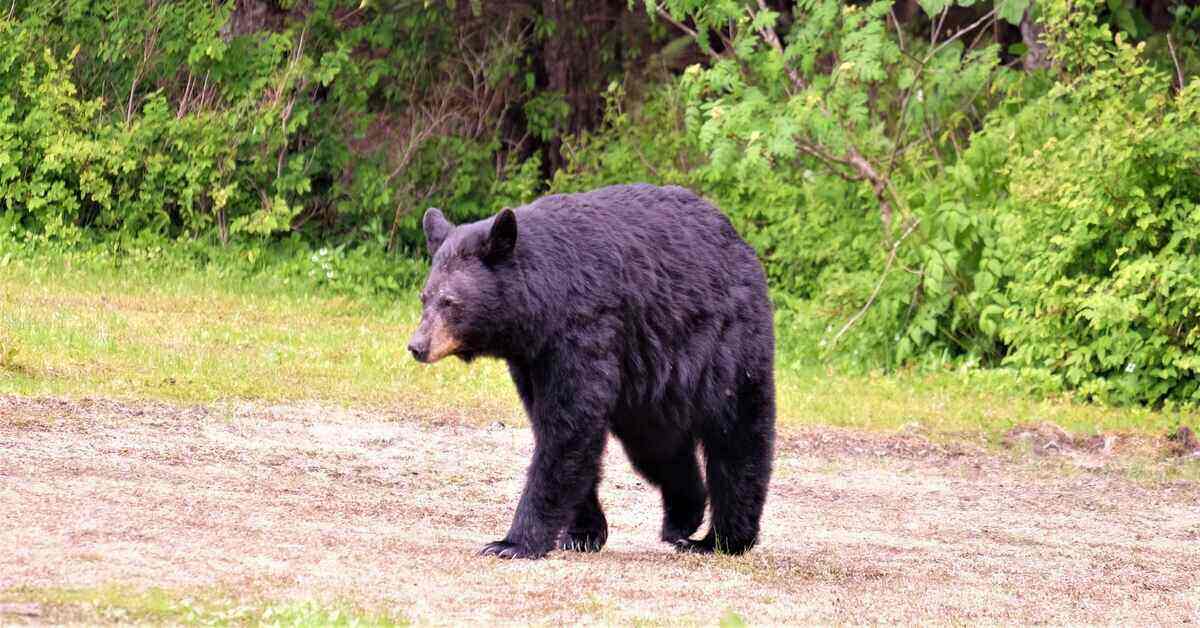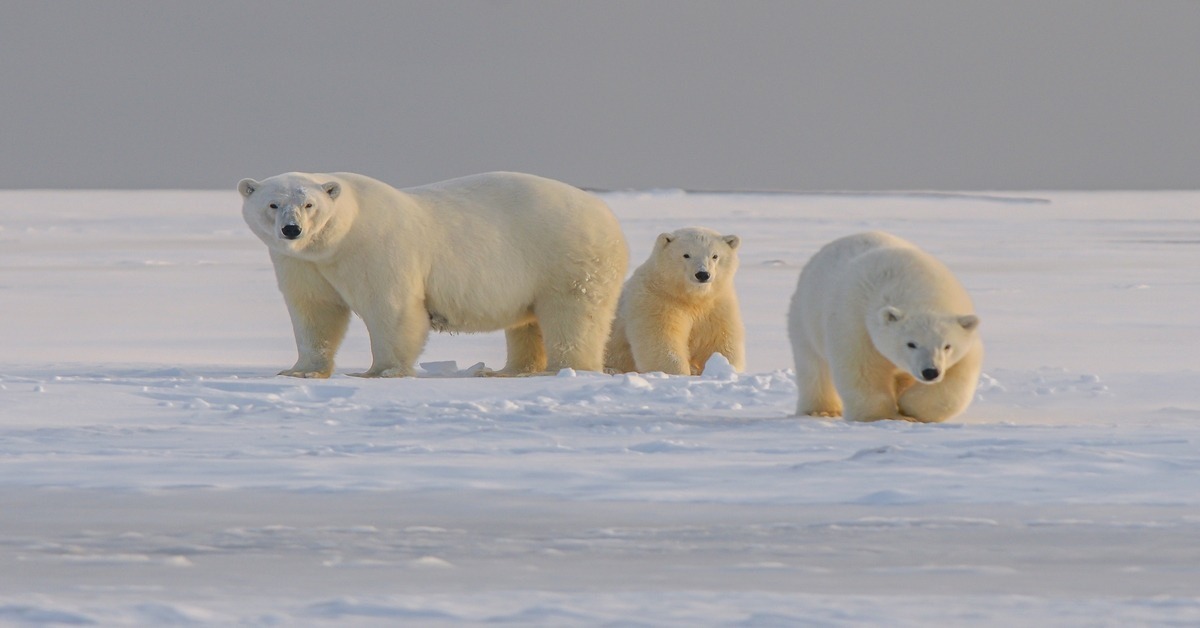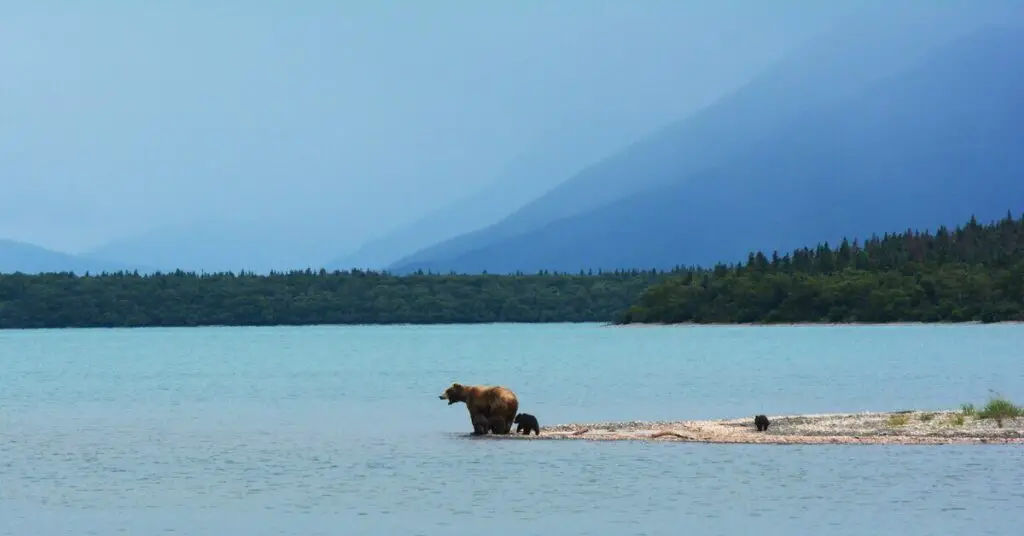The bear has one of the strongest senses of smell in the animal kingdom, if not the best. Hiking, camping, and hunting enthusiasts frequently come into contact with wildlife on the trail. In most cases, it’s usually exciting and brief: deer grazing and stopping momentarily to stare, birds flying overhead, or a squirrel running across your path. An encounter with a bear is something many people long for and dread at the same time.
LEGAL DISCLAIMER: This post may contain affiliate links. If you click an affiliate link and make a purchase, I may earn a commission. Also, as an Amazon Associate, I earn from qualifying purchases.
Bears are dangerous, and you should keep your distance if you spot one. It is easy to see why they are feared. Bears have large teeth, retractable claws, and are huge. But one feature stands out; their incredible sense of smell.
Bears Sense of Smell
Bears are known to raid campsites where food has been left. It is not uncommon to see them overturning garbage containers as they forage. The aroma of food also drives bears to break into restaurants and stores. Remember, personal care items like perfume, toothpaste, cologne can attract bears because of their pleasant smells.
But how far can a bear smell? To put this into perspective, let’s use examples you know well. A regular dog’s sense of smell is 100 times better than that of a human being, while a bloodhound’s is 300 times better.
Related: Best gifts for outdoor enthusiasts
Bloodhounds are used by the police and search and rescue teams for tracking. These unique canids have way more scent receptors than humans and can tracks scents for more than 130 miles (209 kilometers).
Aside from that, they can find scents that are more than two weeks old. There have been many cases of bloodhounds being used to find victims of drowning in rivers and lakes. Bears’ sense of smell is 7 times greater than that of a bloodhound, meaning it is 2100 times better than ours. Why did these mammals develop such an acute sense of smell? They use it to:
- Look for food
- Find mates
- Find their cubs when they separate as they forage
- Avoid danger, especially when they are in another bear’s territory
Why Bears Have an Acute Sense of Smell
Bears’ noses can grow up to 9 inches long and contain uncountable minute muscles, which they manipulate when tracking scents. The surface area of a bear’s nose is large and has millions of scent receptors.

The part of the brain that controls the sense of smell is known as the olfactory bulb. A bear’s is well-developed, being five times bigger than a human’s. For this reason, bears can smell a carcass that’s up to 20 miles (32 kilometers) away. Note that a polar bear can smell food through three feet of ice.
Interesting fact: Bears are short-sighted, and it seems they evolved an amazing sense of smell to overcome this weakness.
So, when hiking in an area with bears, they can probably smell you, and some might follow your scent to investigate. There is a great misconception about bear attacks. Normally, when they get too close to a human, they get killed or attacked. Unfortunately, most people don’t know that most bears just want to “investigate” the intruder and not attack.
Here’s a table showing the differences between bear species.
Grizzly Bear and Black Bear Differences
| Features | Black Bears | Brown (Grizzly) Bears |
| Color | Black, as the name suggests. Note that black bears come in a wide range of colors such as brown, cream, and white. | Brown |
| Shoulder hump | Small | Large |
| Ears | Large | Small and round |
| Head and Nose | Pointed | Prominent flat forehead |
| Claws | Short and dark | Long and light |
Brown bears are found in North West part of North America, while black bears are spread out across North America. Thus, black and grizzly bears’ territories overlap. Some black bears can be found as far down as Mexico.

Polar bears have large humps just like the grizzlies, and have white fur. They are mostly found in all of Greenland and the most northern regions of Canada and Alaska.
Other Bear Categories
- Fully grown lone males – Normally the largest, like to stay alone and avoid humans.
- Yearlings – these are the nomads in the bear kingdom. Their mothers push them away when they reach about a year and a half. They are always looking for food and new territories for themselves. It’s not uncommon for them to get into fights when they enter a larger bear’s habitat.
- Mothers and their cubs – mothers are always walking around with their cubs looking for food. They are quite protective of their cubs and become aggressive if anything they perceive as a threat goes near their kids.
All these bears usually look to eat as much food as possible to be ready for the winter. Bear encounters vary. In many cases, if you leave the bear alone, it will walk away. If it’s on the trail in front or behind you, move a few meters away and allow it to pass.
It’s only a few cases where bears make predatory or defensive attacks on humans. And most of the attacks are usually made by a sow with cubs. Bears that usually visit the neighborhood looking for food are usually used to humans and won’t attack. Remember, we cannot generalize these behaviors. Like humans, bears have different personalities, so you never know if they will charge or walk away.
How to Prevent Bear Attacks
If you are hiking, backpacking, or camping in bear territory, chances are high that you will encounter bears. And if you are careless and don’t take the necessary precautions, a bear attack can leave you fatally injured or even dead (though cases of bears killing people are rare).
Do the following to prevent bear attacks:
Hike in a Group
When you are alone, you are vulnerable, and bears won’t fear attacking you. So, hiking in a group is one of the best ways to make a bear stay away from you.
Related: Solo hiking tips
Get Rid of Food Smell
We have already talked about how strong a bear’s sense of smell is. If you have food at the campsite, they can smell it and will come to investigate. Use a bear bag to hold your food. These bags are made of tough material and are lightweight and spacious. Getting an odor barrier bag for your food is also advised. Place the odor-proof bag inside the bear bag. Another vital tip is to put all your food in a hiking cooler.

Pack Bear Spray
Bear spray will keep bears away. Place it where it is easier to retrieve in case of a surprise attack. It always works.
Make Some Noise
Contrary to popular opinion, bears want to be left alone and will avoid other animals unless they feel threatened. So, when hiking or camping in the backcountry, let the bears know of your presence by making noise.
Although they can smell some food at your camp, making noise will often keep them away. That’s why most bears that go foraging in people’s yards do so at night when it’s all quiet. Therefore, when you come across one, talk or make some noise. When you surprise them, they are most likely to charge since they see you as a threat.
Do Not go Into Bear Territory with Pets
Going out in the backcountry with your dog is fun, but doing so with bears around puts you at risk. Dogs become excited when they see a bear will start barking or moving towards it. This will provoke the bear, and it will attack. If you must go with your dog, ensure it is well behaved. You can avoid these situations by leaving your canine friend at home.
Dispose of Trash
Always strive to keep the campsite clean. Things like food, toiletries, and drinks should be stored in odor-proof bags. Pro tip: When you finish cooking on a campfire, remove the clothes and store them in a bear bag.
What to Do When You Encounter a Bear
- DO NOT run! Start waving your arms slowly to make yourself look as big as possible. Next, stay still or move slowly to the side of the trail if the bear is walking towards you. If you run, the bear will see you as prey and will follow, and you know what? A bear is faster than you and will catch up sooner or later.
- Retrieve your bear spray and be ready to use it. To increase its effectiveness, understand how to use it before you hit the trail.
- Make some noise/talk to the bear to let it know about your presence. Most grizzly bears will walk away. But with black bears, you may need to be a bit aggressive because they are more curious. Be loud to try and scare it away.
- If a bear attacks, use your bear spray. You can know that a bear is aggressive if it snorts, grunts, and makes bluff charges.
Most encounters with bears are short and end with the bear walking away. If a grizzly bear attacks, you can spray it, but if it makes contact, do not fight back because it’s huge and strong. Play dead while protecting vital parts of your body, such as the head and neck. However, if it is a black bear, DO NOT use this strategy because it won’t stop coming at you. The best way to handle a black bear is to fight with whatever weapon you can find.
So, that’s it. Bear attacks can happen any time in the backcountry. But if you prepare for bear encounters, you will have no problems venturing out in the wilderness. Have you have had any bear encounters or have some tips on how to deal with them? Let us know in the comments section.

